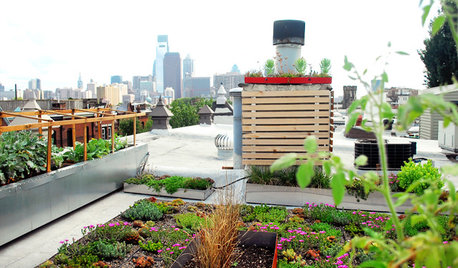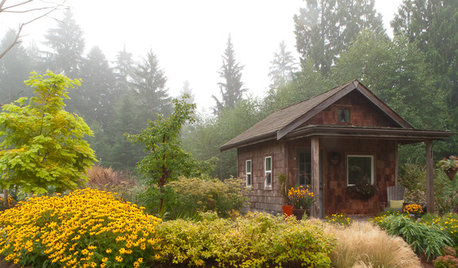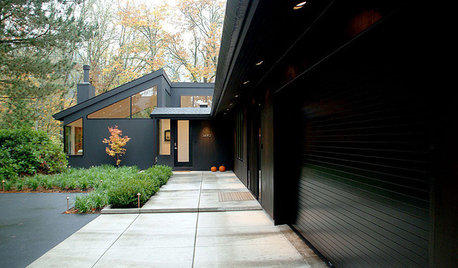Late blight
liz63
12 years ago
Related Stories

LANDSCAPE DESIGNBoxwood Alternatives Bring the Chelsea Flower Show to You
Don’t let box blight limit your plans to borrow garden design ideas from the renowned British event
Full Story
FARM YOUR YARDHow to Grow Vegetables in Containers
Get glorious vegetables and fruits on your patio with a pro’s guidance — including his personal recipe for potting mix
Full Story
GARDENING GUIDESWhat Are Your Spring Gardening Plans?
Tearing out the lawn? Planting edibles? Starting from scratch? Tell us what you plan to change in your garden this year
Full Story
KITCHEN DESIGNKitchen of the Week: Chestnut and an Open Fire in Connecticut
Antique chestnut boards give a kitchen with a wood-burning oven vintage flair, balancing its modern amenities
Full Story
HOME INNOVATIONSNow Approaching the Emerald City
Urbanites are spraying moss graffiti on walls and covering roofs in plants — and city regulators and designers are supporting the cause
Full Story
PLANTING IDEASGreat Garden Combo: A Fall Landscape Scene That Lasts
Span the seasons with trees, shrubs and grasses that offer color and texture in abundance
Full Story
EDIBLE GARDENSHow to Add an Apple Tree to Your Edible Garden
Readily available, beautiful and fragrant, apple trees offer four-season interest along with crisp, juicy fruit
Full Story
REMODELING GUIDESGlobal Architecture Style: Victorian
Victorian homes grace almost every city in the world, but do you know their history? Here's the scoop on this grand style
Full Story
EDIBLE GARDENSSummer Crops: How to Grow Squash
Almost foolproof and with cheerful flowers, squash comes in a wide range of varieties to plant in spring
Full Story
EXTERIORSHome Noir: Black Exteriors Emerge From the Shadows
People are darkening their doorsteps more and more around the U.S. — but is the trend a bright idea?
Full StorySponsored
More Discussions






carolyn137
liz63Original Author
Related Professionals
Beavercreek Landscape Architects & Landscape Designers · Chattanooga Landscape Architects & Landscape Designers · Elwood Landscape Architects & Landscape Designers · Montgomeryville Landscape Architects & Landscape Designers · Peabody Landscape Contractors · Gloucester Landscape Contractors · Lemont Landscape Contractors · North Highlands Landscape Contractors · Weymouth Landscape Contractors · Clive General Contractors · Jackson General Contractors · Murrysville General Contractors · Rock Island General Contractors · Fort Myers Decks, Patios & Outdoor Enclosures · Minneapolis Decks, Patios & Outdoor Enclosuresliz63Original Author
carolyn137
liz63Original Author